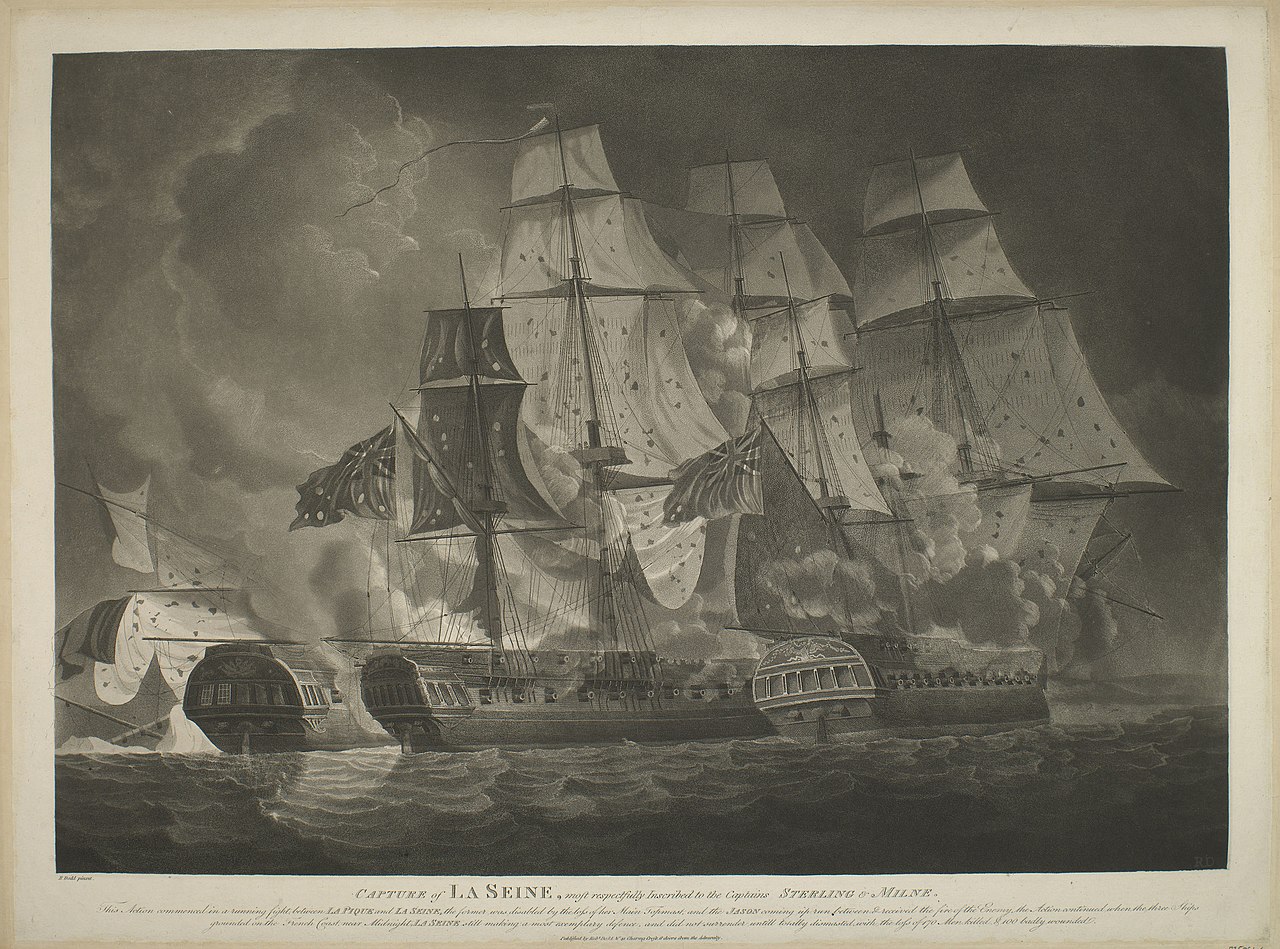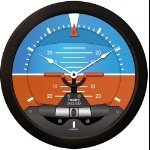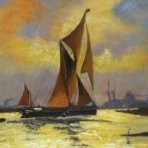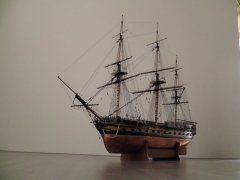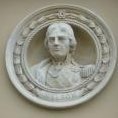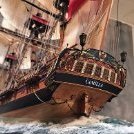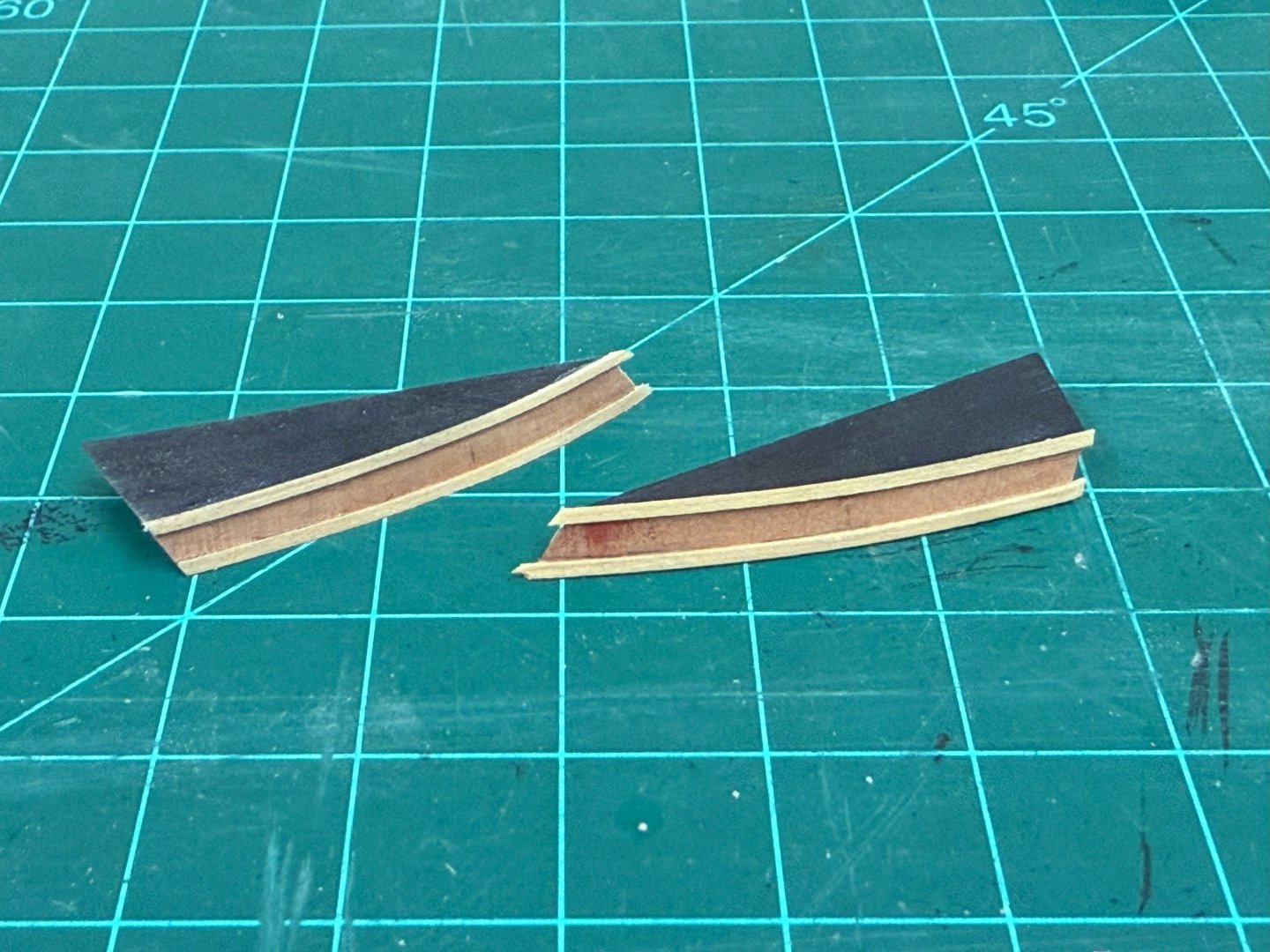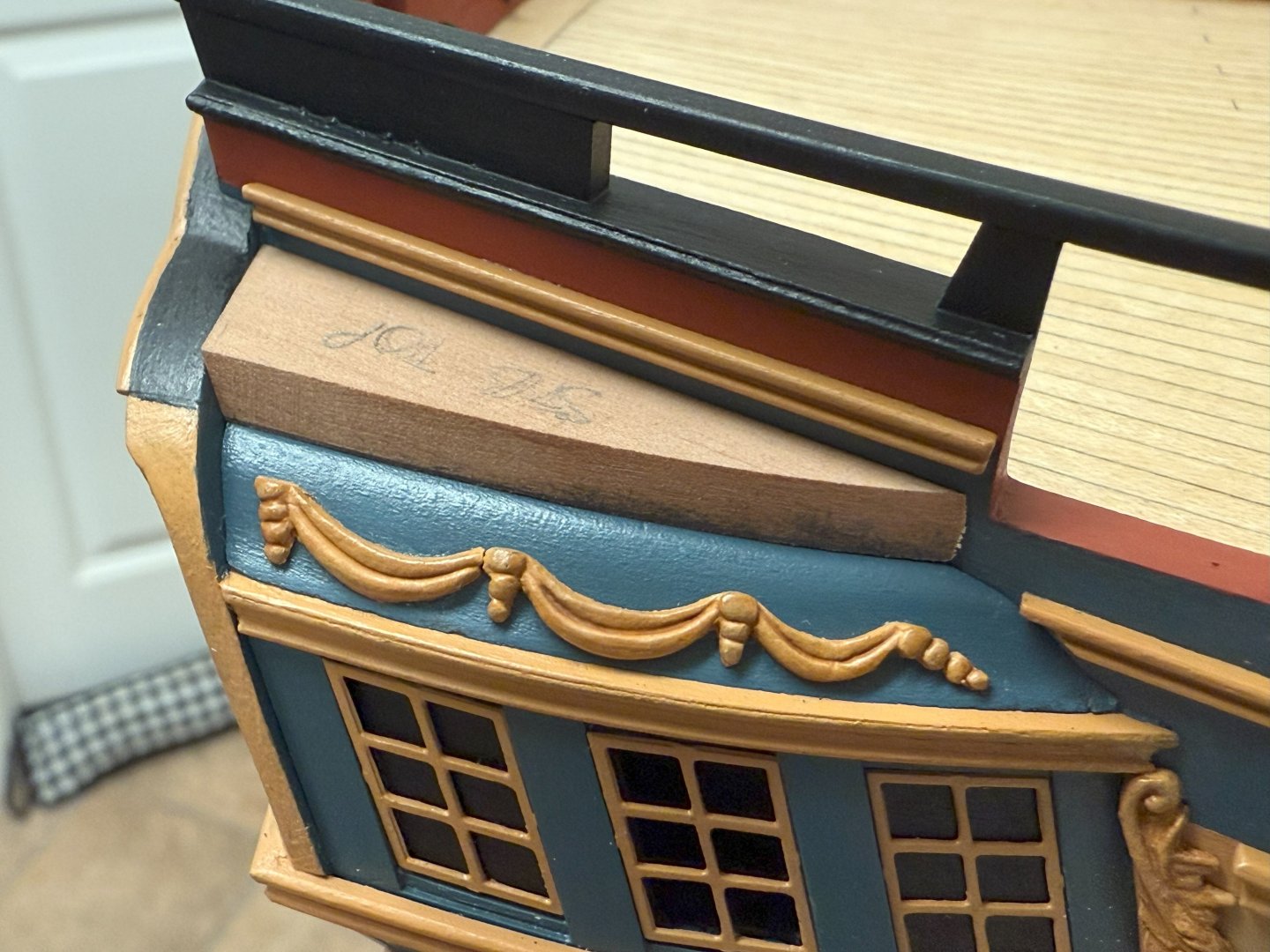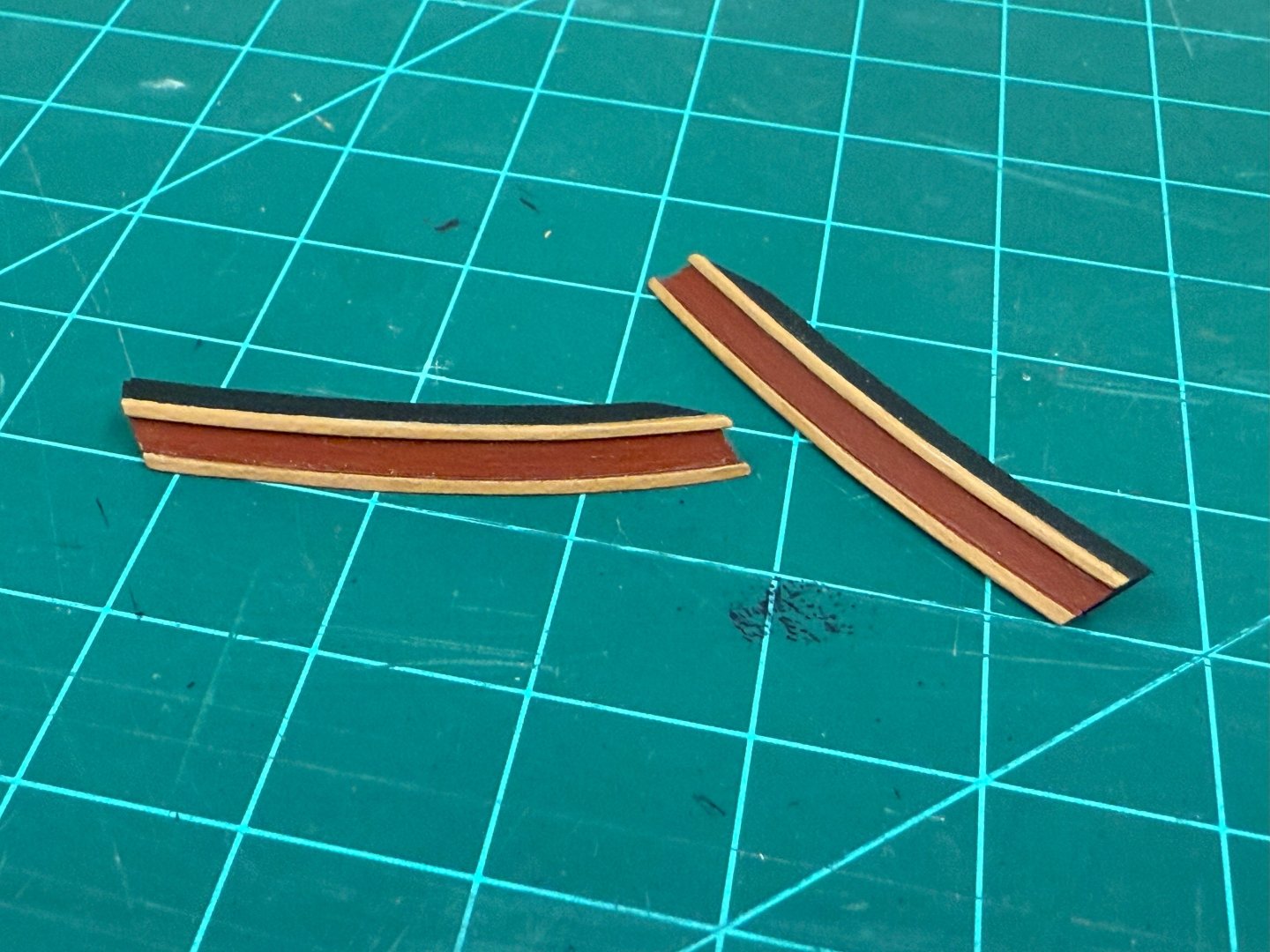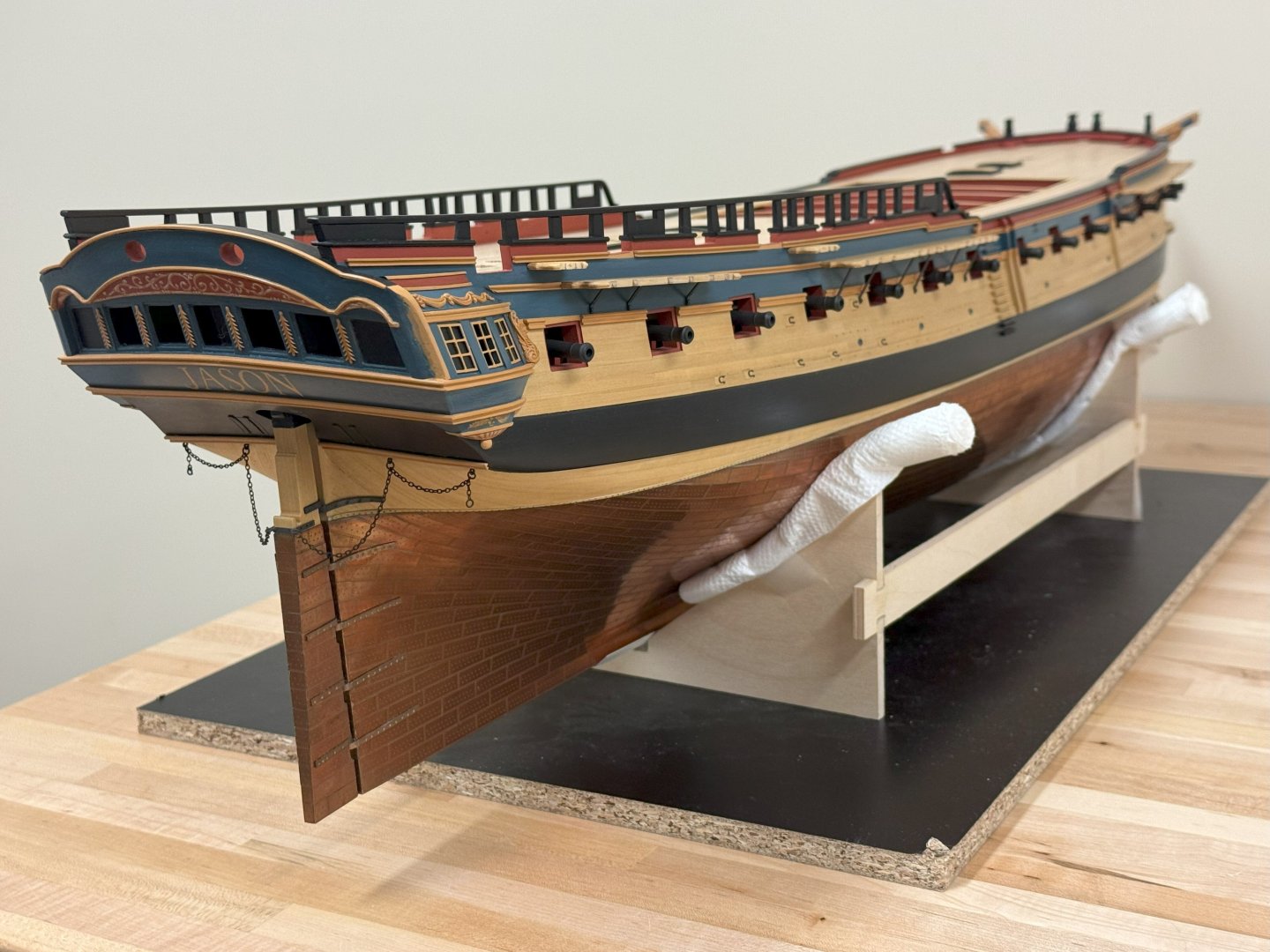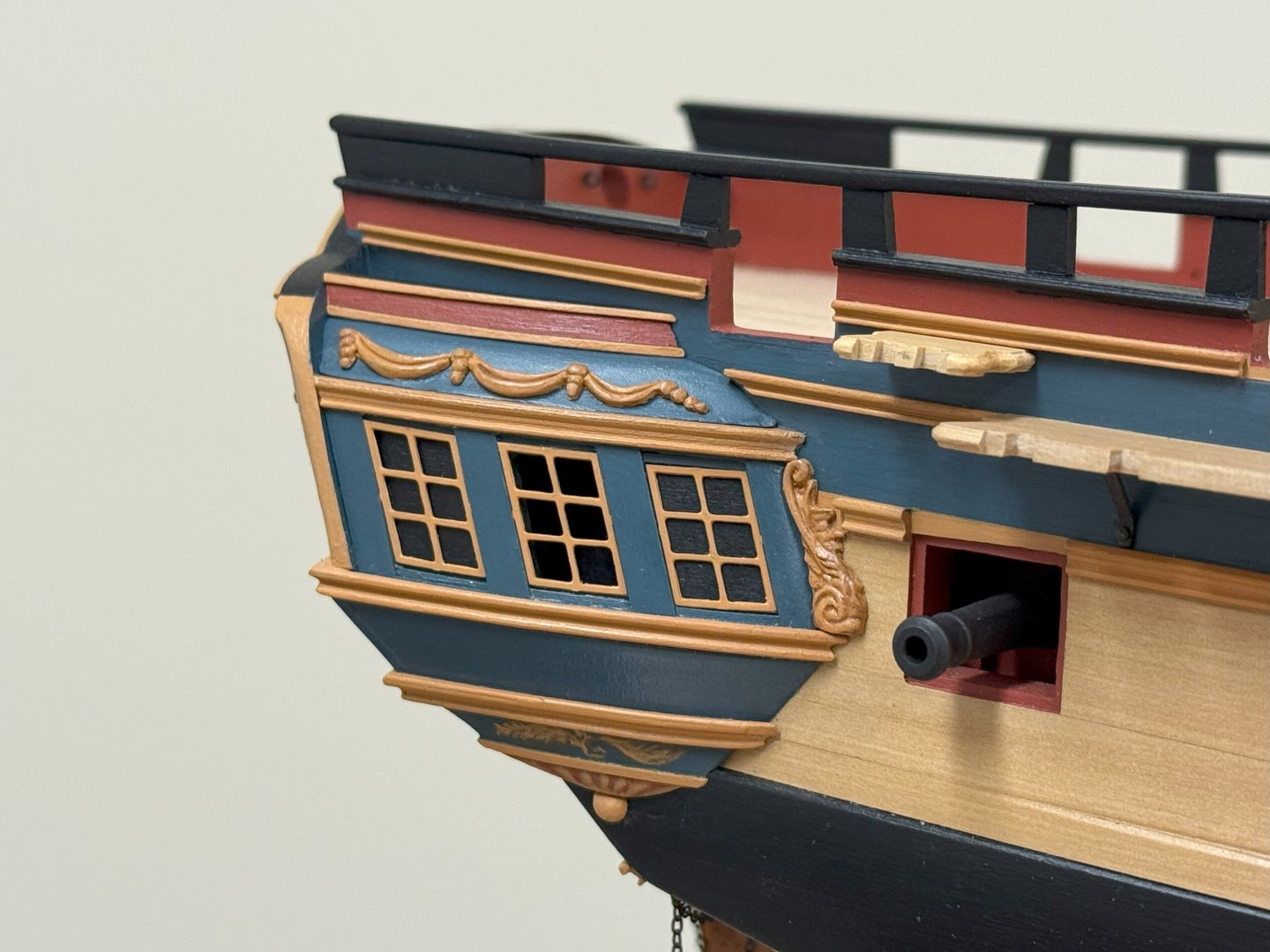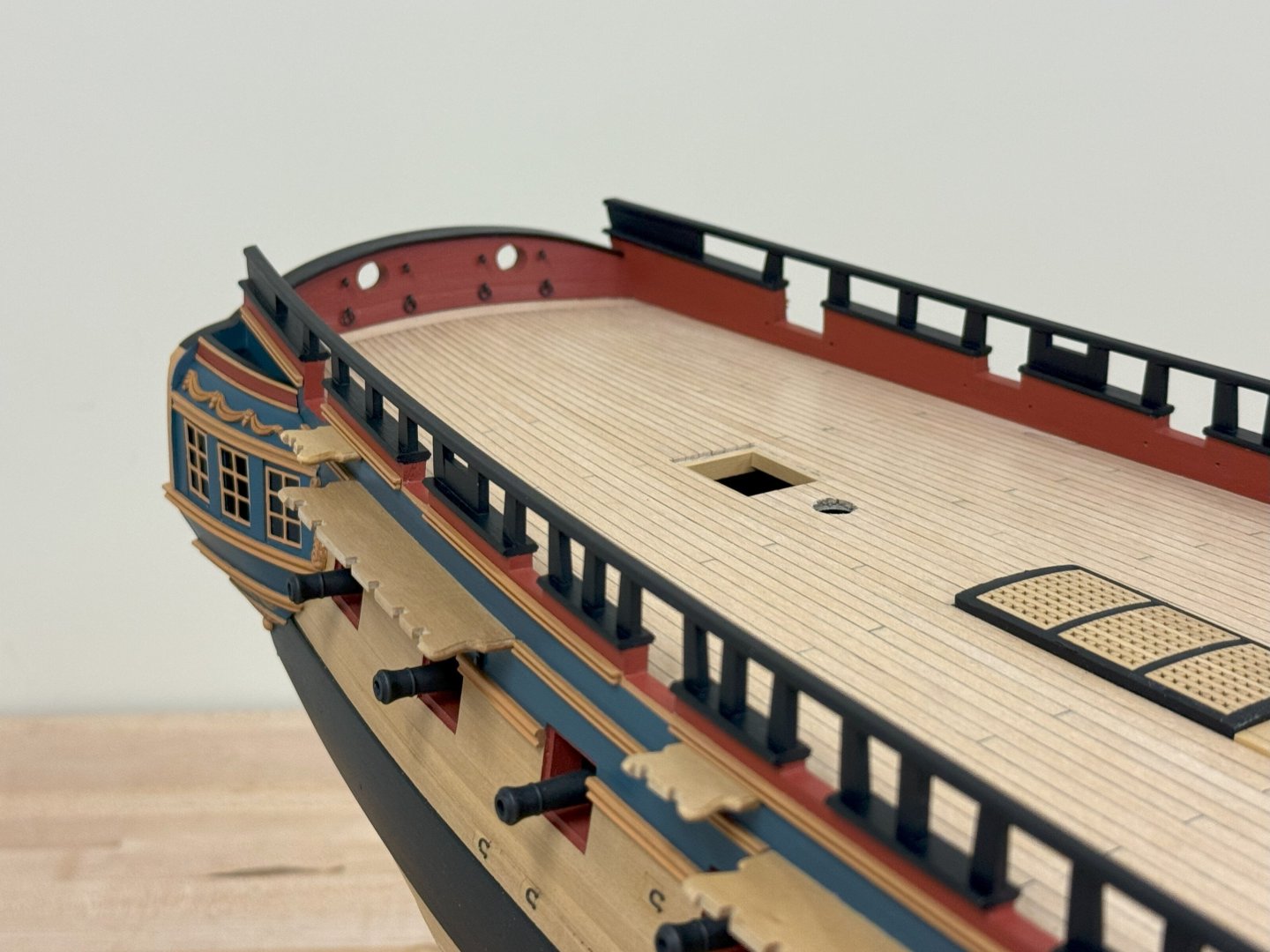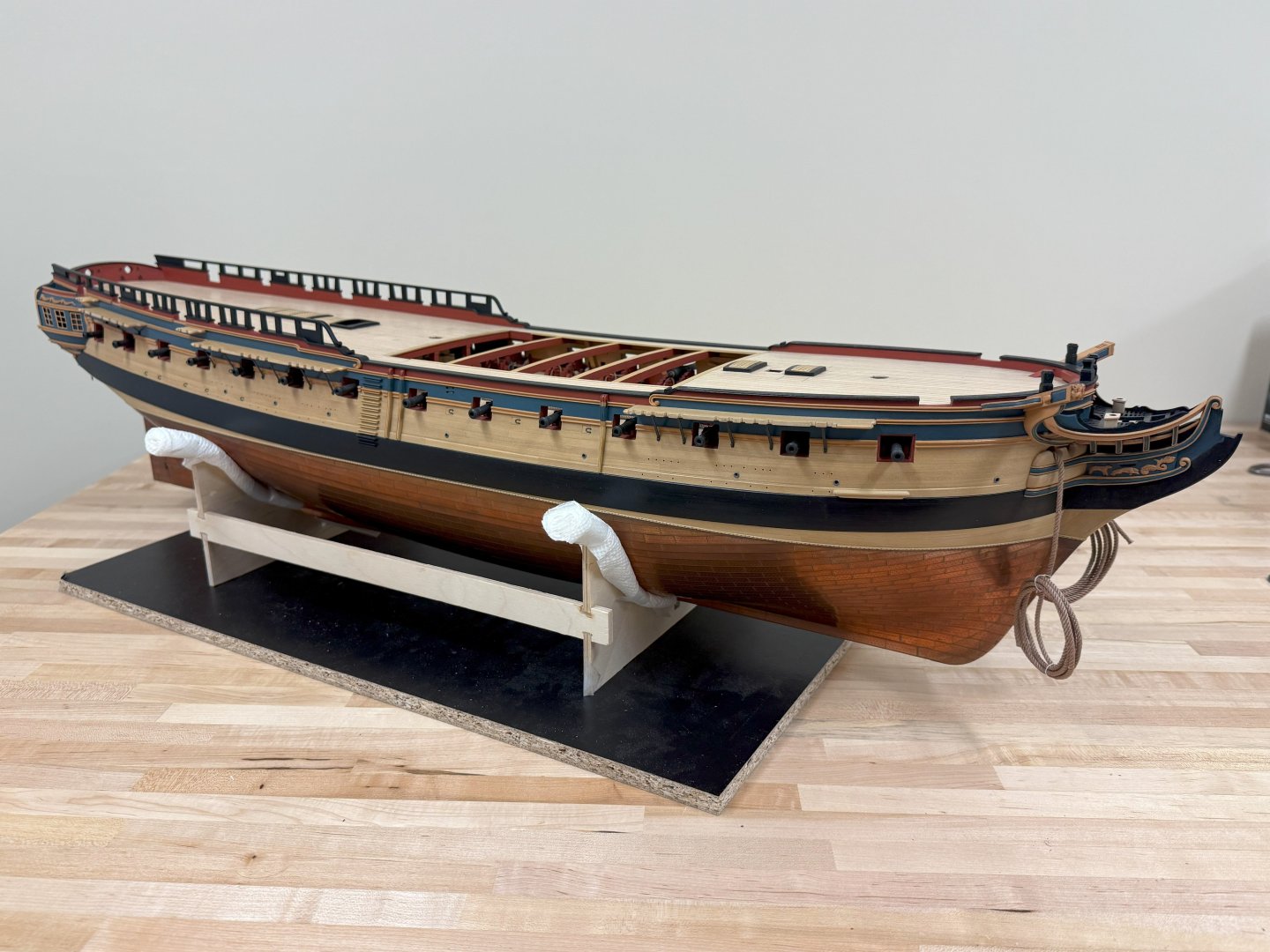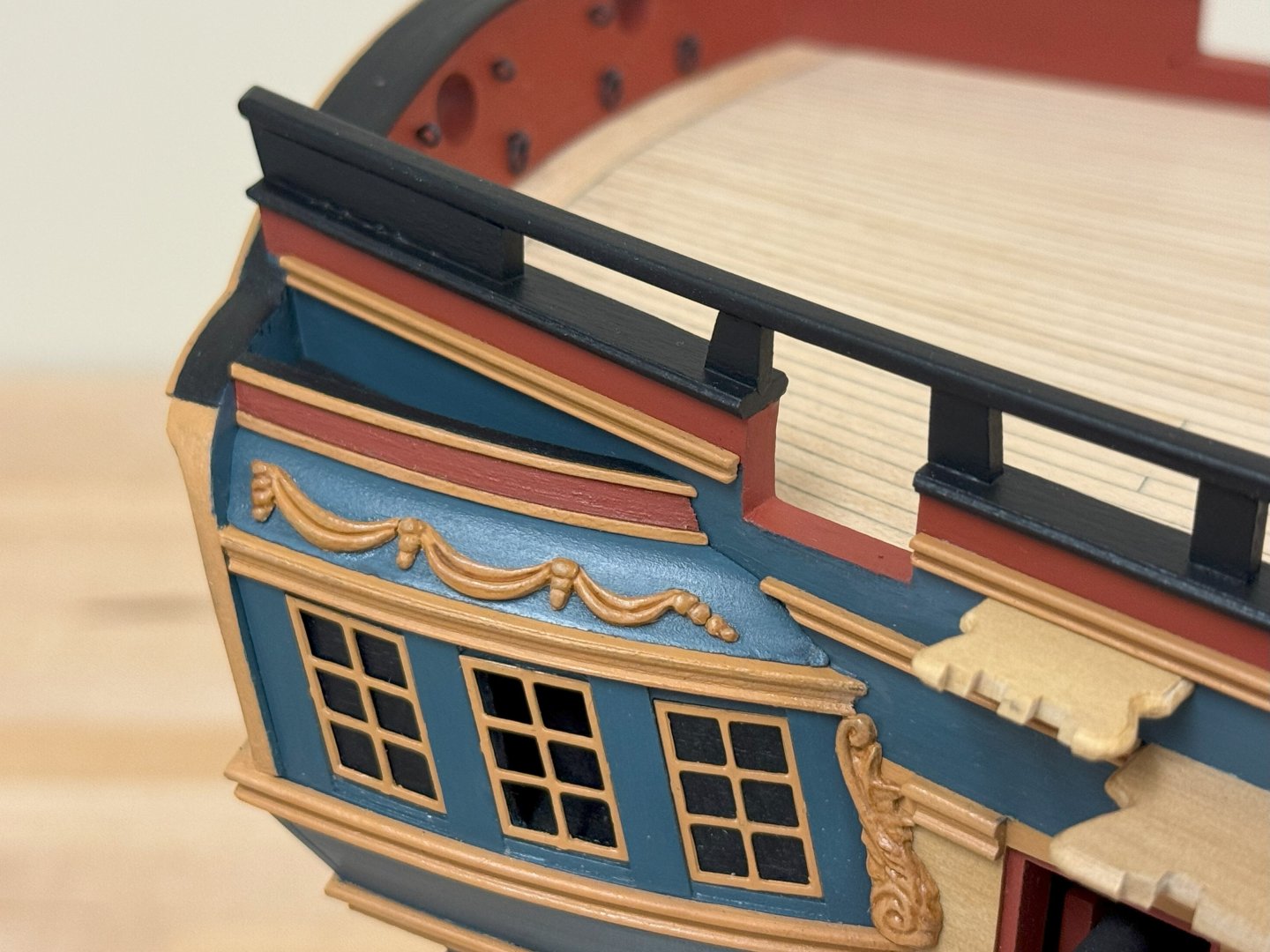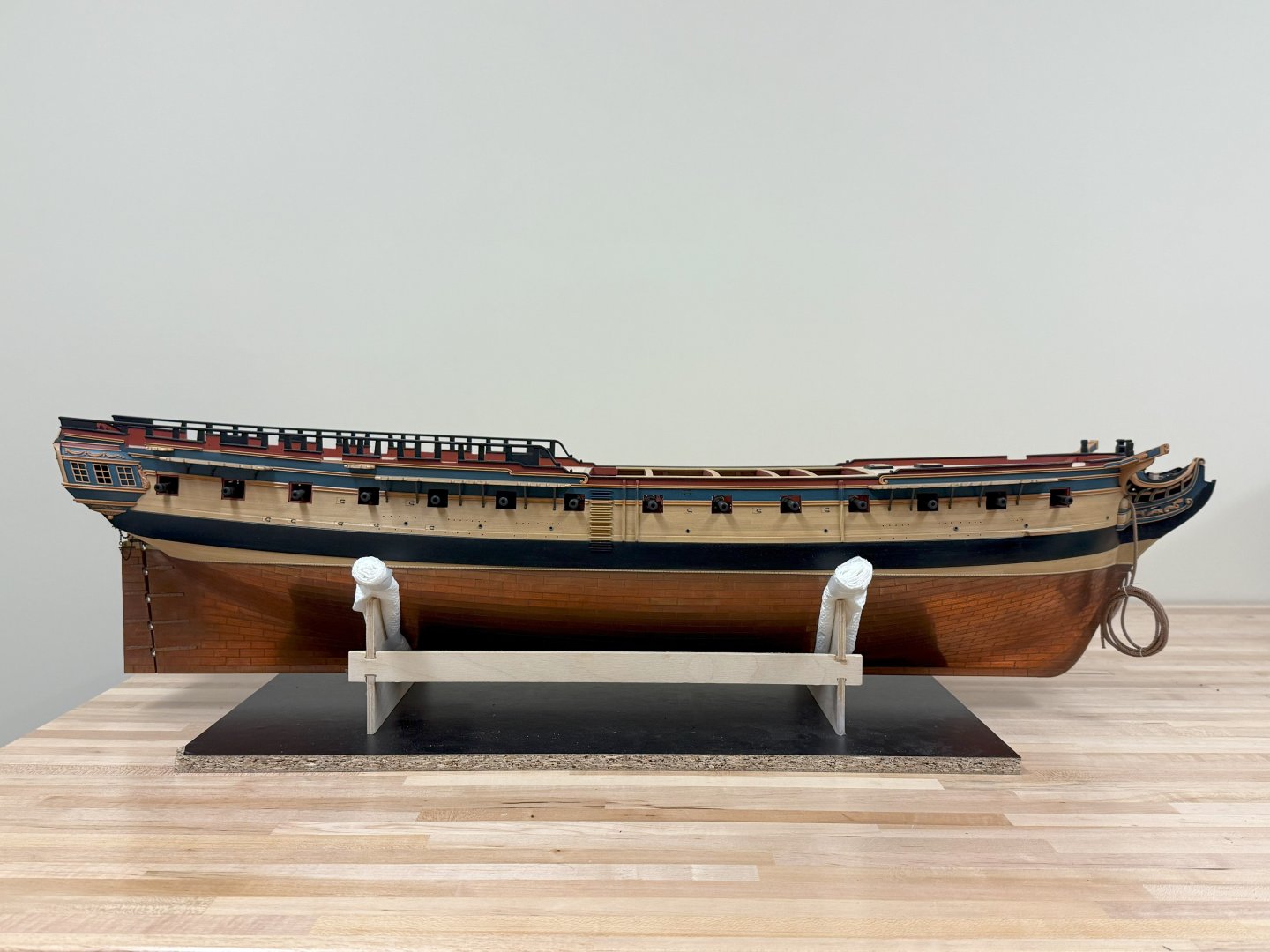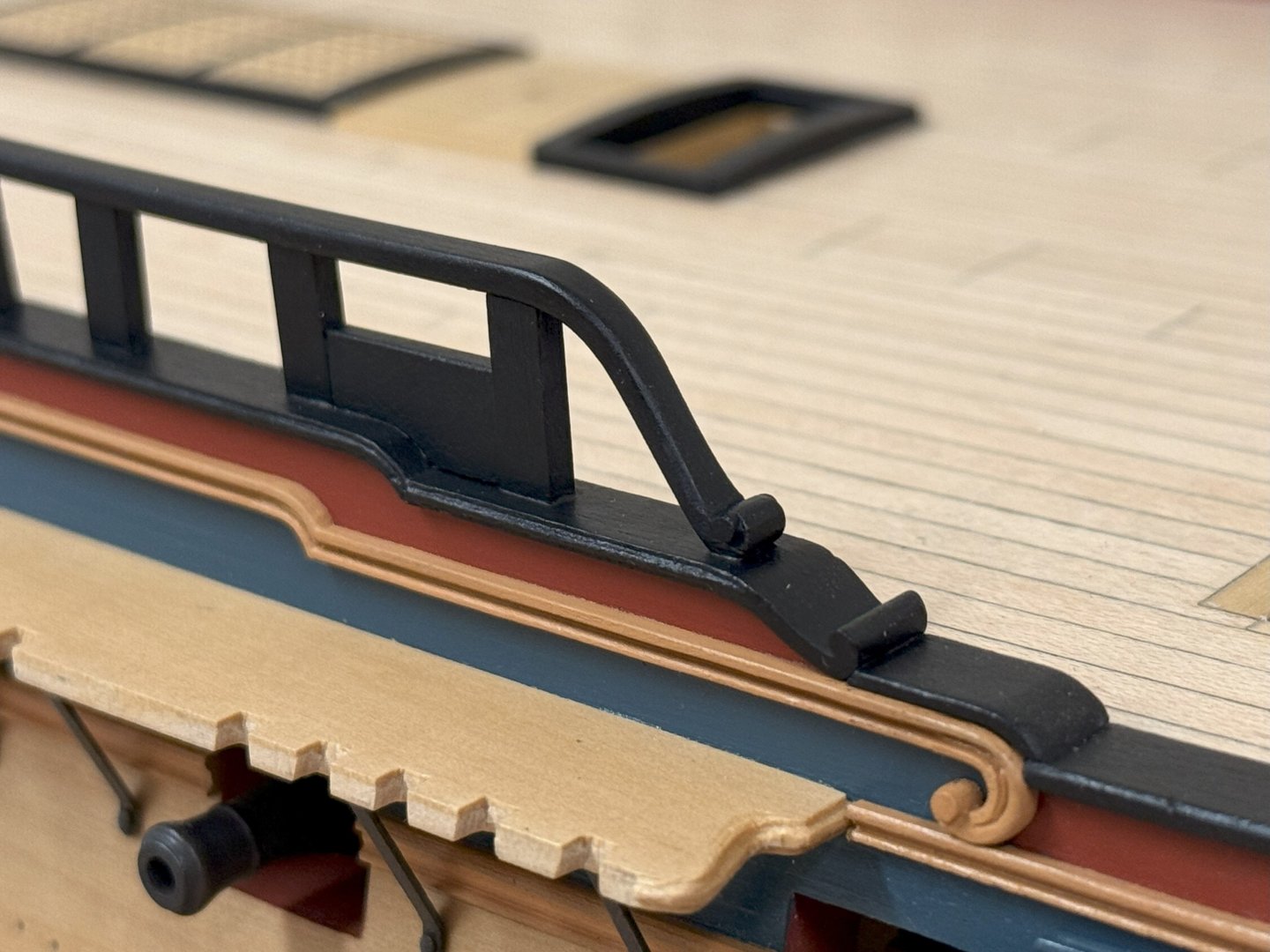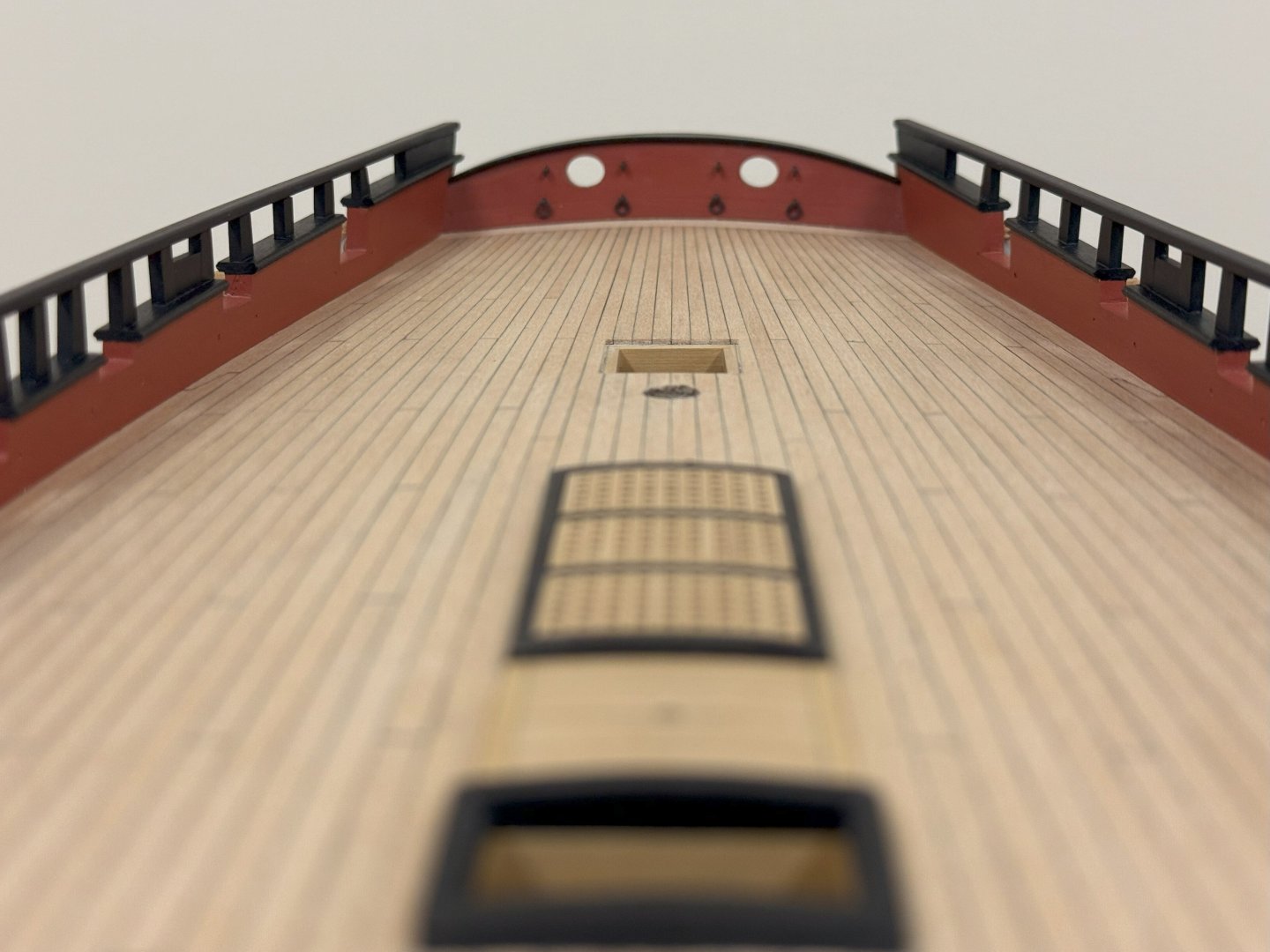-
Posts
2,249 -
Joined
-
Last visited
About Beef Wellington

- Birthday June 26
Profile Information
-
Gender
Male
-
Location
Connecticut
-
 muratx reacted to a post in a topic:
HMS Jason by Beef Wellington - Caldercraft - 1:64 - Artois-class frigate modified from HMS Diana 1794
muratx reacted to a post in a topic:
HMS Jason by Beef Wellington - Caldercraft - 1:64 - Artois-class frigate modified from HMS Diana 1794
-
 muratx reacted to a post in a topic:
HMS Jason by Beef Wellington - Caldercraft - 1:64 - Artois-class frigate modified from HMS Diana 1794
muratx reacted to a post in a topic:
HMS Jason by Beef Wellington - Caldercraft - 1:64 - Artois-class frigate modified from HMS Diana 1794
-
 muratx reacted to a post in a topic:
HMS Jason by Beef Wellington - Caldercraft - 1:64 - Artois-class frigate modified from HMS Diana 1794
muratx reacted to a post in a topic:
HMS Jason by Beef Wellington - Caldercraft - 1:64 - Artois-class frigate modified from HMS Diana 1794
-
 muratx reacted to a post in a topic:
HMS Jason by Beef Wellington - Caldercraft - 1:64 - Artois-class frigate modified from HMS Diana 1794
muratx reacted to a post in a topic:
HMS Jason by Beef Wellington - Caldercraft - 1:64 - Artois-class frigate modified from HMS Diana 1794
-
 drtrap reacted to a post in a topic:
HMS Snake by drtrap - FINISHED - Caldercraft
drtrap reacted to a post in a topic:
HMS Snake by drtrap - FINISHED - Caldercraft
-
 AJohnson reacted to a post in a topic:
HMS Sphinx 1775 by Ronald-V - Vanguard Models - 1:64
AJohnson reacted to a post in a topic:
HMS Sphinx 1775 by Ronald-V - Vanguard Models - 1:64
-
 Oboship reacted to a post in a topic:
HMS Sphinx 1775 by Ronald-V - Vanguard Models - 1:64
Oboship reacted to a post in a topic:
HMS Sphinx 1775 by Ronald-V - Vanguard Models - 1:64
-
 Ronald-V reacted to a post in a topic:
HMS Sphinx 1775 by Ronald-V - Vanguard Models - 1:64
Ronald-V reacted to a post in a topic:
HMS Sphinx 1775 by Ronald-V - Vanguard Models - 1:64
-
 Beef Wellington reacted to a post in a topic:
HMS Sphinx 1775 by Ronald-V - Vanguard Models - 1:64
Beef Wellington reacted to a post in a topic:
HMS Sphinx 1775 by Ronald-V - Vanguard Models - 1:64
-
 davyboy reacted to a post in a topic:
Anchor Knot
davyboy reacted to a post in a topic:
Anchor Knot
-
 Keith Black reacted to a post in a topic:
Anchor Knot
Keith Black reacted to a post in a topic:
Anchor Knot
-
 Beef Wellington reacted to a post in a topic:
HMS Sussex by Ab Hoving - FINISHED - A dockyard model from card
Beef Wellington reacted to a post in a topic:
HMS Sussex by Ab Hoving - FINISHED - A dockyard model from card
-
 Beef Wellington reacted to a post in a topic:
HMS Portland 1770 by Trussben - Portland Scale Ship Co. - 1:48 - 50 gun 4th rate
Beef Wellington reacted to a post in a topic:
HMS Portland 1770 by Trussben - Portland Scale Ship Co. - 1:48 - 50 gun 4th rate
-
 Beef Wellington reacted to a post in a topic:
HMS Portland 1770 by Trussben - Portland Scale Ship Co. - 1:48 - 50 gun 4th rate
Beef Wellington reacted to a post in a topic:
HMS Portland 1770 by Trussben - Portland Scale Ship Co. - 1:48 - 50 gun 4th rate
-
 Beef Wellington reacted to a post in a topic:
HMS Portland 1770 by Trussben - Portland Scale Ship Co. - 1:48 - 50 gun 4th rate
Beef Wellington reacted to a post in a topic:
HMS Portland 1770 by Trussben - Portland Scale Ship Co. - 1:48 - 50 gun 4th rate
-
 Beef Wellington reacted to a post in a topic:
Erycina 1882 by Blue Ensign - Vanguard Models - 1:64 scale - Plymouth Trawler
Beef Wellington reacted to a post in a topic:
Erycina 1882 by Blue Ensign - Vanguard Models - 1:64 scale - Plymouth Trawler
-
 Beef Wellington reacted to a post in a topic:
Erycina 1882 by Blue Ensign - Vanguard Models - 1:64 scale - Plymouth Trawler
Beef Wellington reacted to a post in a topic:
Erycina 1882 by Blue Ensign - Vanguard Models - 1:64 scale - Plymouth Trawler
-
 Beef Wellington reacted to a post in a topic:
Erycina 1882 by Blue Ensign - Vanguard Models - 1:64 scale - Plymouth Trawler
Beef Wellington reacted to a post in a topic:
Erycina 1882 by Blue Ensign - Vanguard Models - 1:64 scale - Plymouth Trawler
-
 Beef Wellington reacted to a post in a topic:
Chris Watton and Vanguard Models news and updates Volume 2
Beef Wellington reacted to a post in a topic:
Chris Watton and Vanguard Models news and updates Volume 2
-
 Beef Wellington reacted to a post in a topic:
Chris Watton and Vanguard Models news and updates Volume 2
Beef Wellington reacted to a post in a topic:
Chris Watton and Vanguard Models news and updates Volume 2
-
CiscoH started following Beef Wellington
-
It has clearly been a very long time since last I was here and I hope that people remember me! Suffice to say it has been hard to make any progress beyond a snails pace. I last left off after focusing on the complex bow structures. To keep moving I needed to install the rough tree rail and the various supports as well as the Fretwork to the upper finishing. Dimensions were estimated from plans and contemporary model, and these all seem to vary to some degree. I had held off making the fretworks as I wasn't sure of the approach, and I wanted to get a curved profile. In the end, shaped billets were made to size and shaped, thin 1mm square boxwood strip (which I had hand sanded down to ~0.5mm) was then glued to the upper and lower edges. Once dry, the back was cut away and finished by hand. This is where the piper must be paid for any prior size and alignment estimates- as things stood I'm estimating that this is maybe 1mm shorter than it should be per the various plans and diagrams (4mm vs 5mm), but this was necessary to sit appropriately. Unfortunately, my progress was so slow making the rough tree rails that I neglected to take photos. These were cut from 2mm boxwood following the profile of the hull and were 3mm wide. The curved for'ad sections were made separately using a similar technique as taken for the decorative rails and then joining to the main rough tree rail. This follows the sheer of the deck, rather than the wale, so a template was made to ensure that these were positioned correctly. The timberheads were then added using 2x5mm pear strip., because these are continuations of the frames, they need to be perpendicular to the keel. There seems to be a huge amount of small variation on how these were constructed and captured on plans and models, and a variation even between the plans I have for HMS Jason showing these and the various Artois class models. The template was once again used to ensure the consistent height above the deck. Much of this process required fine adjustments using the Mk. 1 eyeball which seemed to take a considerable amount of time. In the end, I drew inspiration from model 1794-3 illustrated on page 19 of the AOTS Diana book. This has 2 curious semi-bulkheads installed in the timberheads, as well as being solidly built up at the stern. I have no idea what these are as I haven't seen them anywhere else. The mizen and main backstay stools have also been glued into position. Finishing up with some overall shots of where things stand (The quarter gallery lights are not attached, but were placed to get a sense for proportion when finalizing the fretwork)
-
Hi David, I hope I didn't add confusion, these are the things I find endlessly fascinating. Its always hard to explain shapes on 3D curved surfaces but I think the post below the master Chuck on his Speedwell model illustrates well, it shows a planking template to apply to the hull. The rise of the wale flattens off slightly and is probably most visible when viewed from the front, and the same being true for the line of the top timbers as they approach the centre.
-
Hi David - the placement of the wale is indeed challenging. A fact that is maybe completely obvious to many but only hit me after a lot of looking at plans and models is that there are essentially two curves/sheers that are followed. The deck/gunports, and the upper hull/wale. The second is most important to get correct as the top of the hull, lines of planking, molding and the wales should all essentially be parallel. Once seen, this is something that can't be unseen! If you are happy with the line of the hull at the bow, then I would suggest using that as a basis for aligning the wale (basically measuring down equal distances from the top of the hull). When viewed from the side, the wale should have a gentle flattened 'S' shape. The same alignment is true at the stern, but if you are building with the raised bulwarks, then this is much easier to accommodate - the top of the raised bulwarks follows the sheer of the deck, the moldings follow the sheer of the wale. Good luck!
-
Congratulations Stergios, she's looking fantastic.
- 1,144 replies
-
- snake
- caldercraft
-
(and 1 more)
Tagged with:
-
Best wishes Rob, I'm sorry my hiatus delayed responding to yours!
- 286 replies
-
Awesome progress! Question on the galleries, do you think you will be using the resin/plastic galleries in the final version? It feels a little our of keeping with the other wonderful wood of the model.
-
Your planking looks spot on, very nicely done. I'm pleased to see that you appear to have filled in the stern a little to allow the planking to sit nicely against the sternpost, think you will be much happier with that result. The shaping of the plank ends in this area can be challenging further up the hull, definitely not something to rush. Looking at what you have done so far, sure you will encounter no major problems. You have a wonderful model coming together here.
-
Looks like the perfect balance to my eye...1 too few, 3 too many 🙂 The different paint tones really catch the eye and enhance the whole, very much to my taste as well. Wonderful model you have there, very well done indeed!
- 648 replies
-
- Indefatigable
- Vanguard Models
-
(and 1 more)
Tagged with:
-
Love the picture of the stern Christian, the more muted monochromatic approach is definitely to my tastes as well...the Norman knights don't look quite so...Norman! Good luck moving forward, but you already seem to have the major challenging elements completed successfully.
- 64 replies
About us
Modelshipworld - Advancing Ship Modeling through Research
SSL Secured
Your security is important for us so this Website is SSL-Secured
NRG Mailing Address
Nautical Research Guild
237 South Lincoln Street
Westmont IL, 60559-1917
Model Ship World ® and the MSW logo are Registered Trademarks, and belong to the Nautical Research Guild (United States Patent and Trademark Office: No. 6,929,264 & No. 6,929,274, registered Dec. 20, 2022)
Helpful Links
About the NRG
If you enjoy building ship models that are historically accurate as well as beautiful, then The Nautical Research Guild (NRG) is just right for you.
The Guild is a non-profit educational organization whose mission is to “Advance Ship Modeling Through Research”. We provide support to our members in their efforts to raise the quality of their model ships.
The Nautical Research Guild has published our world-renowned quarterly magazine, The Nautical Research Journal, since 1955. The pages of the Journal are full of articles by accomplished ship modelers who show you how they create those exquisite details on their models, and by maritime historians who show you the correct details to build. The Journal is available in both print and digital editions. Go to the NRG web site (www.thenrg.org) to download a complimentary digital copy of the Journal. The NRG also publishes plan sets, books and compilations of back issues of the Journal and the former Ships in Scale and Model Ship Builder magazines.

